- Have any questions?
- +86-189 8930 5995
- sales@mosinterchem.com.cn
Benzophenone CAS 119-61-9

Methyl 4-hydroxybenzoate CAS 99-76-3
17/12/2018
Ethyl vanillin CAS 121-32-4
17/12/2018| Model: | MOS 119-61-9 |
| Brand Name: | MOSINTER |
| CAS No.: | 119-61-9 |
| Brand: | MOSINTER |
| Molecular formula: | C13H10O |
| Molar mass: | 182.22 g/mol |
| Density: | 1.11 g/cm3 |
| Boiling point: | 305.4 °C |
| Melting point: | 48.5 °C (119.3 °F; 321.6 K) |
| Vapor density: | 4.21 (vs air) |
| Refractive index: | 1.5893 |
| Vapour pressure: | 1 mm Hg ( 108 °C) |
| Flashing point: | >230 °F |
Benzophenone (CAS: 119-61-9)
| Item | Index |
| Appearance | White crystal |
| Density | 1.11 |
| Melting point | 47-51 °C(lit.) |
| Boiling point | 305 °C(lit.) |
| Flash point | >230 °F |
| Refractive index | 1.5893 |
Basic Information
Benzophenone is the organic compound with the formula (C6H5)2CO, generally
abbreviated Ph2CO. Benzophenone is a widely used building block in organic
chemistry, being the parent diarylketone.
Uses
Benzophenone can be used as a photo initiator in UV-curing applications such as inks,
imaging, and clear coatings in the printing industry. Benzophenone prevents ultraviolet
(UV) light from damaging scents and colors in products such as perfumes and soaps. It
can also be added to the plastic packaging as a UV blocker. Its use allows manufacturers
to package the product in clear glass or plastic. Without it, opaque or dark packaging
would be required.
In biological applications, benzophenones have been used extensively as photophysical
probes to identify and map peptide–protein interactions.
Synthesis
Benzophenone can be prepared by the reaction of benzene with carbon tetrachloride followed
by hydrolysis of the resulting diphenyldichloromethane, or by Friedel-Crafts acylation of benzene
with benzoyl chloride in the presence of a Lewis acid (e.g. aluminium chloride) catalyst. The
industrial synthesis relies on the copper-catalyzed oxidation of diphenylmethane with air.
Organic chemistry
Benzophenone is a common photosensitizer in photochemistry. It crosses from the S1 state into
the triplet state with nearly 100% yield. The resulting diradical will abstract a hydrogen atom
from a suitable hydrogen donor to form a ketyl radical.
Benzophenone radical anion
Main article: Air-free technique
Alkali metals reduce benzophenone to the deeply blue colored radical anion, diphenylketyl:
M + Ph2CO → M+Ph2CO·−
Generally sodium is used as the alkali metal. Although inferior in safety and effectiveness relative
to molecular sieves, this ketyl is used in the purification of organic solvents, particularly ethers,
because it reacts with water and oxygen to give non-volatile products. The ketyl is soluble in the
organic solvent being dried, so it accelerates the reaction of the sodium with water and oxygen. In
comparison, sodium is insoluble, and its heterogeneous reaction is much slower. When excess alkali
metal is present a second reduction may occur, resulting in a color transformation from deep blue to purple:
M + M+Ph2CO·− → (M+)2(Ph2CO)2-
Commercially significant derivatives
Substituted benzophenones such as oxybenzone and dioxybenzone are used in some sunscreens.
The use of benzophenone-derivatives which structurally resemble a strong photosensitizer has
been strongly criticized (see sunscreen controversy).
Michler’s ketone has dimethylamino substituents at each para position.
The high-strength polymer PEEK is prepared from derivatives of benzophenone.
Pharmacological activity of Benzophenone analogs
Benzophenone derivatives are known to be pharmacologically active molecules against various
pathological conditions, like anti-tumor, anti-inflammatory and anti-angiogenic activity. One of
the benzophenone analogs, was found to inhibit angiogenesis, thereby preventing
angiogenesis-dependent disorders, such as mammary carcinoma and rheumatoid arthritis,
where it down-regulated the Vascular endothelial growth factor (VEGF) gene expression
responsible for angiogenesis.
Benzophenone tagged with coumarin have showed significant reduction in tumour – growth in
both Dalton’s Lymphoma, and murine ascites carcinoma, by inducing DNA degradation, leading
to apoptosis, and by inhibiting angiogenesis. Recent study reports that, benzophenone tagged with
benzimidazolehave showed an, enormous tumor inhibiting activity with more than 90% inhibition
in murine carcinoma which is due to the down regulation of neo-vessel formation. Moreover this
activity was found to increase with methoxy and number of methyl groups which played an
important role in the biological activity of the compound.
You must be logged in to post a review.

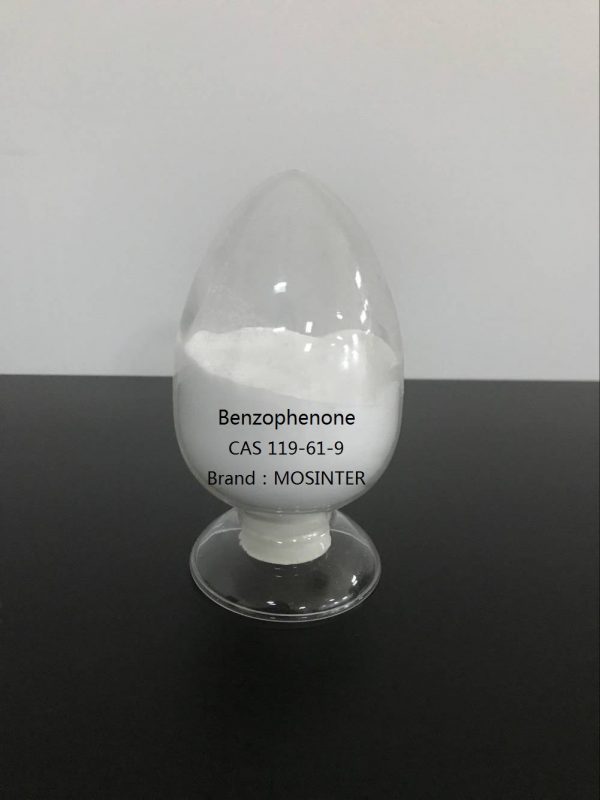
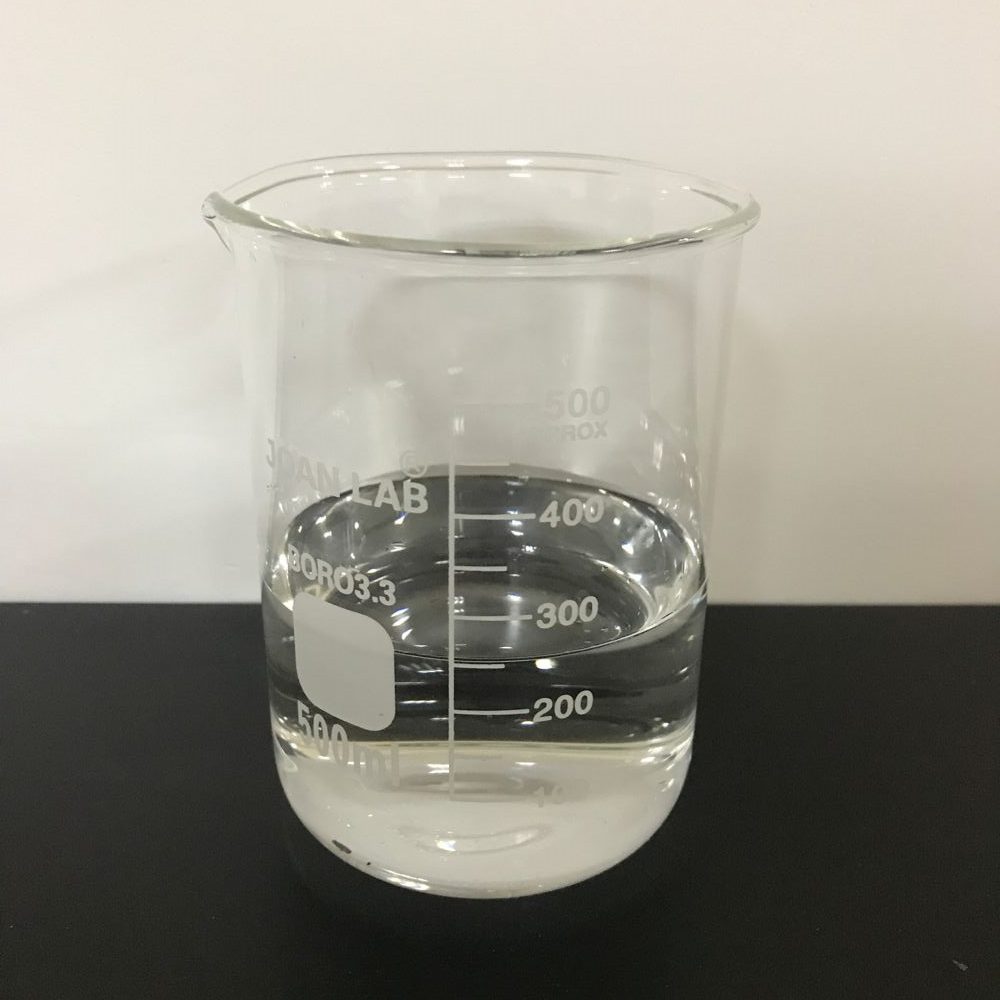
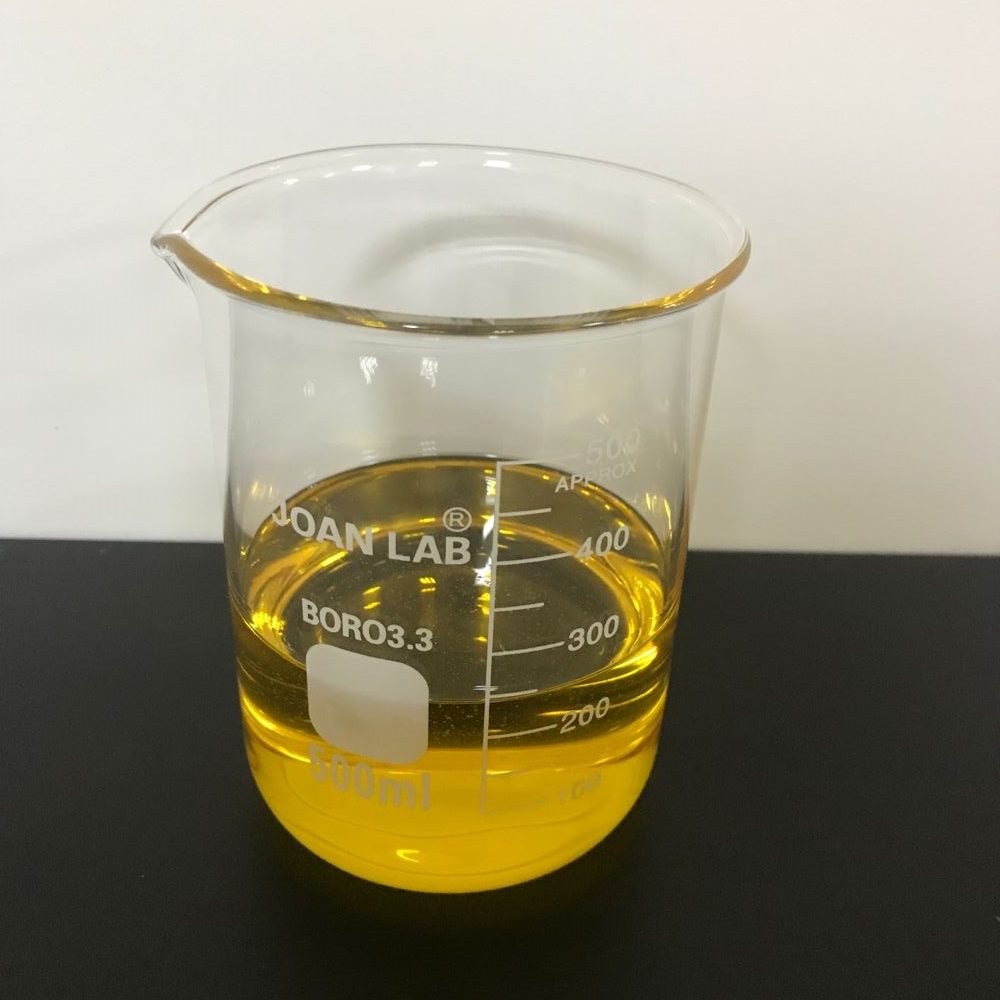
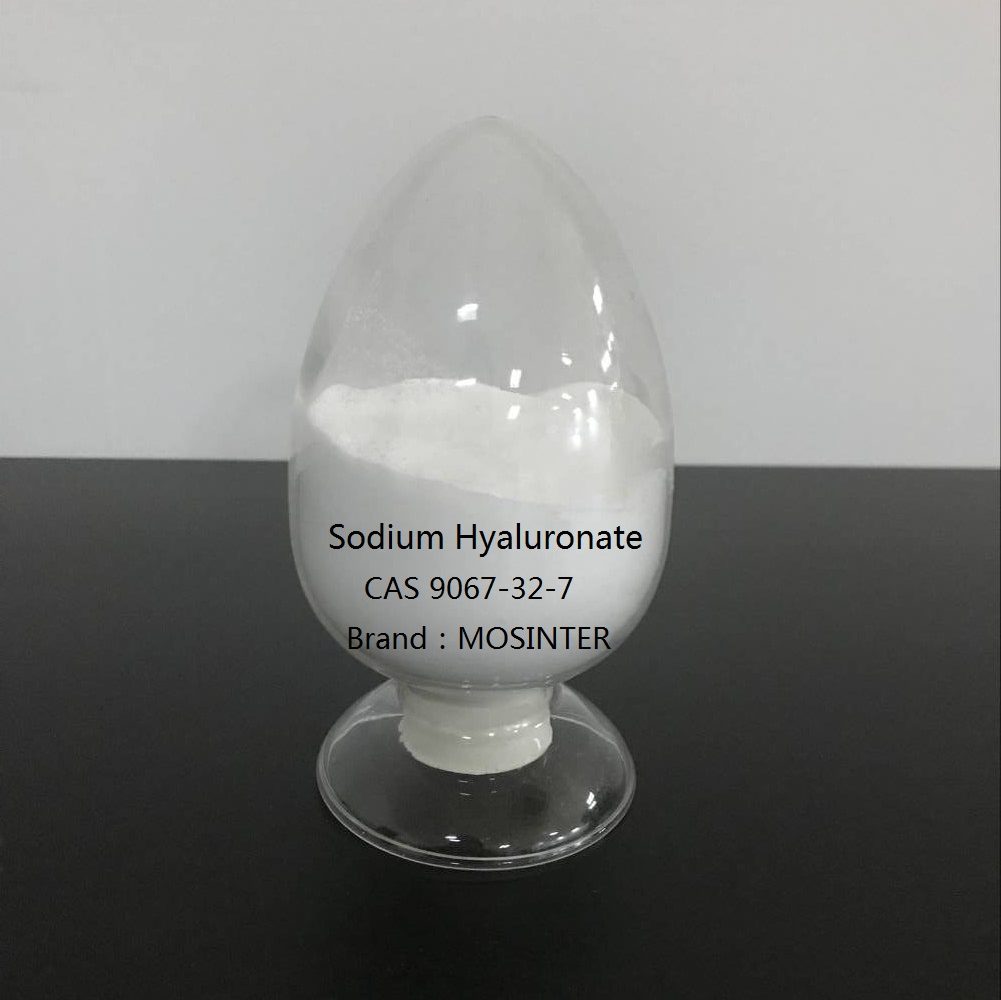
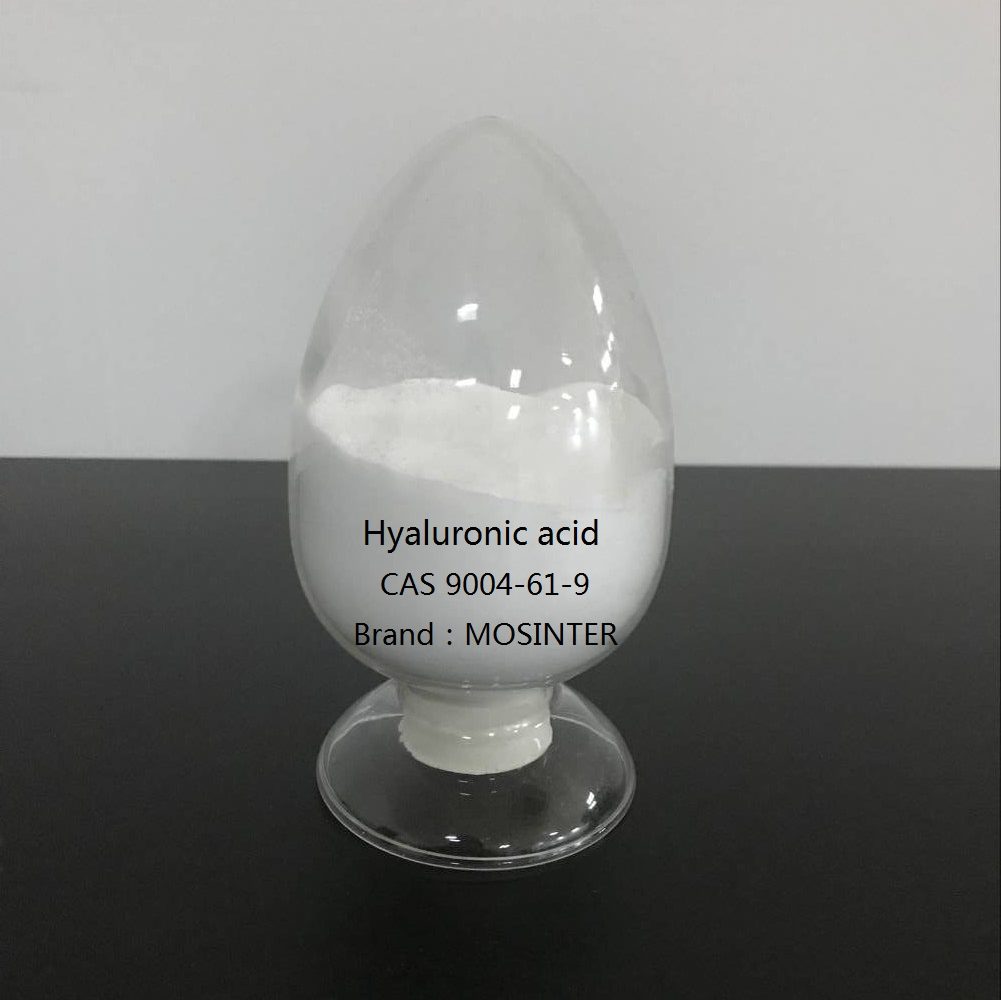
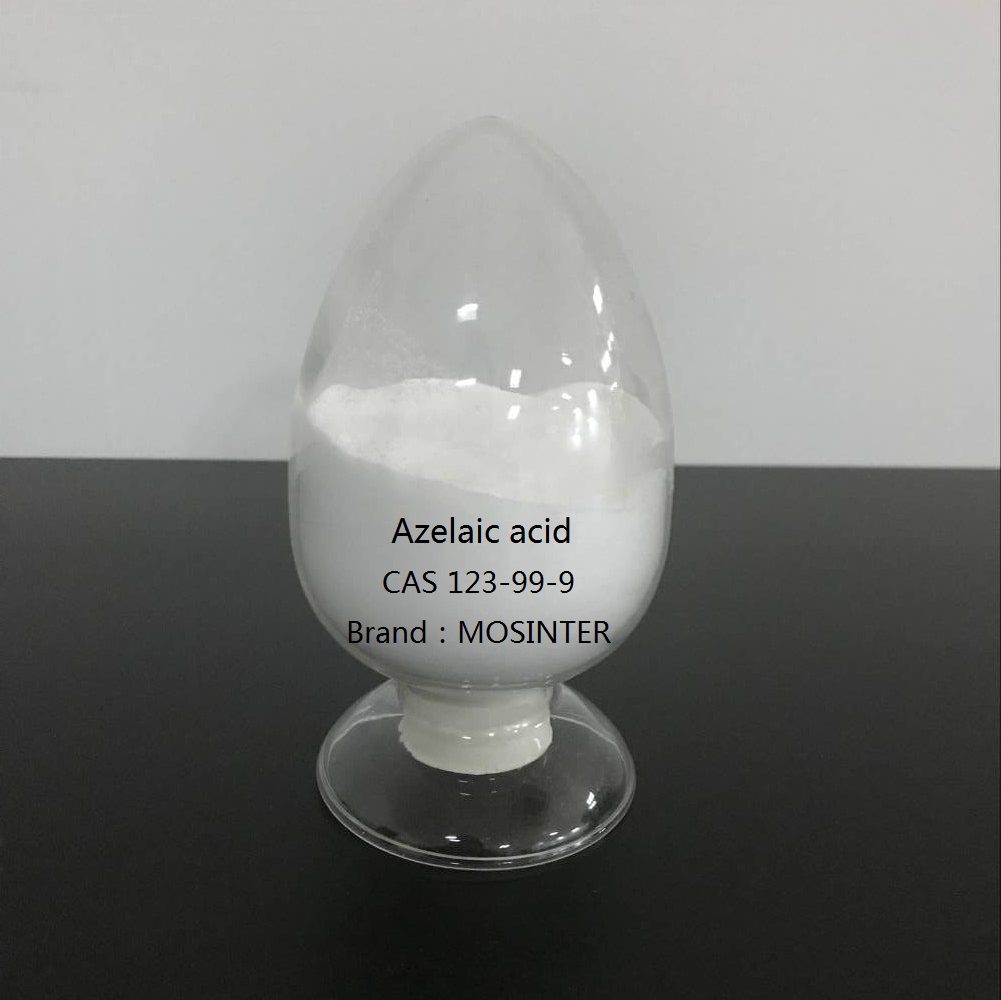
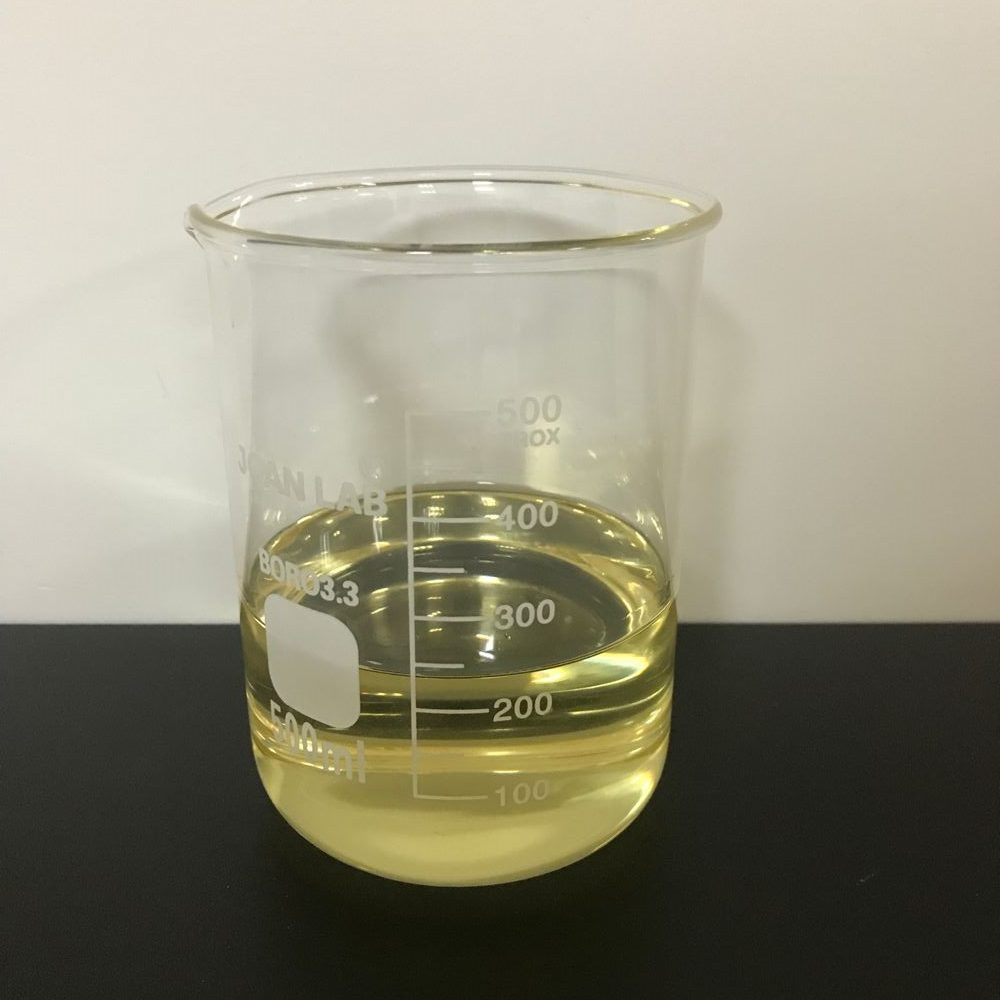
Reviews
There are no reviews yet.